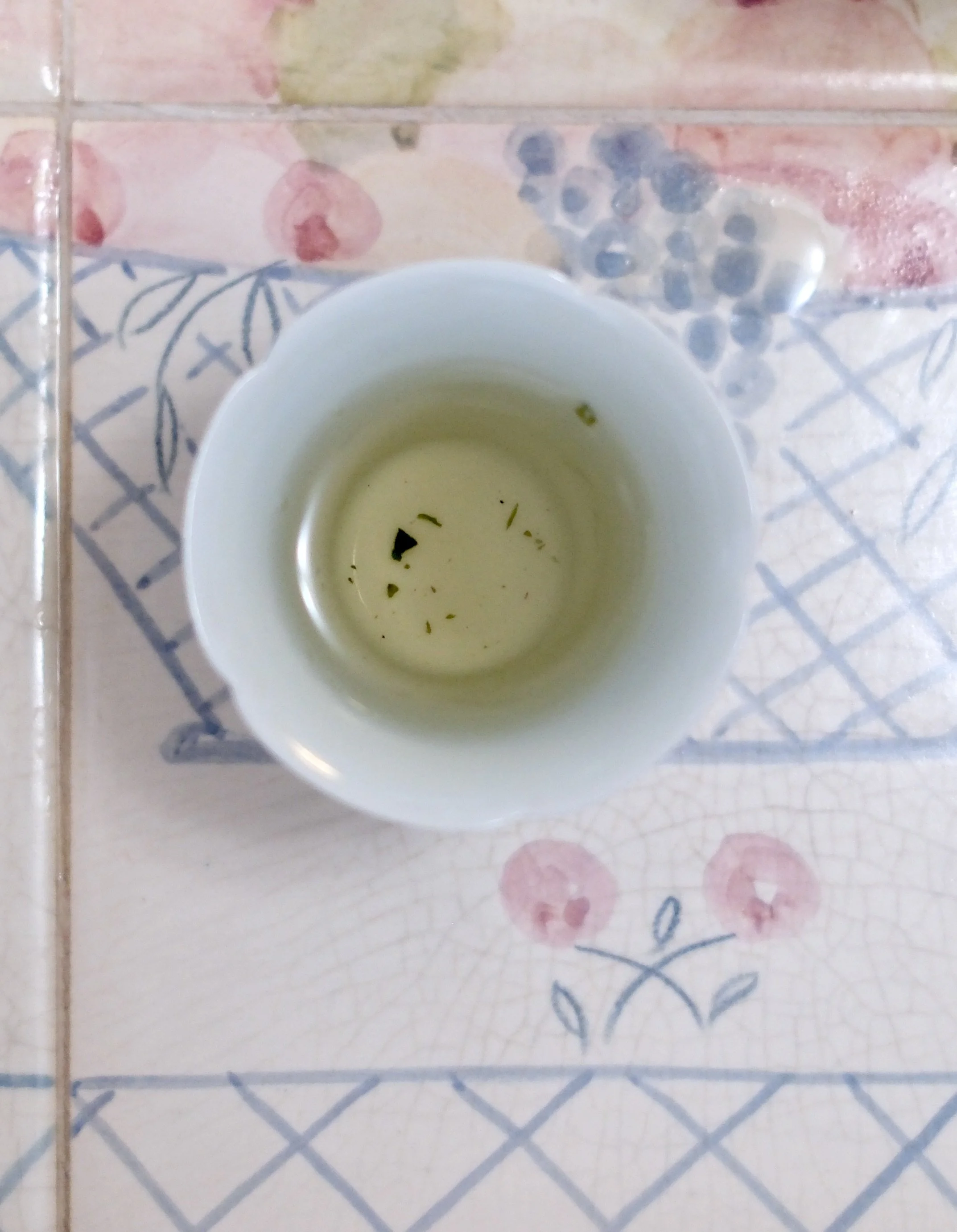How Might We create a faster, easier, and safer way for clients to give us a decade of their medical history?
Leading Cross-Functional Alignment to Simplify Client Onboarding
Role:
Service design lead, thought partner, workshop facilitator, deliverable designer
Partners:
Product Manager, Business Ops Lead, Subject Matter Experts, Product Designers, UX Researcher, Content Designer
Activity Overview:
Research Synthesis
Market Research
Problem Reframing
Co-Creation Sessions
Concept Sketches + Cards
Synthesis and Iteration
Opportunity
The medical questionnaire asked clients to review ten years of health history, which was frustratingly long and prone to drop-off.
Approach
As service design lead, I brought together product, business ops, product design, and content design to reimagine the process. I designed and facilitated team workshops to build a shared vision for simplification.
Impact & Results
Delivered a refined questionnaire flow in ten weeks.
Elevated client satisfaction from 84% to 97%, while reducing completion time by 30%.
Achieved a 100% stakeholder satisfaction rating through collaborative alignment.
Our Process
Stakeholder Intake
We determined 3 core goals
Decrease the Time to Complete from 36 minutes to 30 minutes
Raise the Client Satisfaction Score from 84%
Raise the First Day Completion Rate from 40%.
Establishing a Team
There was no existing team at the time and our company hadn’t completed a project with Product and Design partners together. I thought was time to set a new precedent, so I found our colleagues who I knew would eventually help to build out the experience.
Current State
We sifted through the research we did have to start to piece together a blueprint. One of the most difficult parts of this step was keeping track of the current state of Pre-Authorization, a digital product that was already being built and is the experience before the questionnaire.
Problem Re-Framing
We learned certain pieces of this questionnaire cannot can’t change unless there is a change in regulations. As a result, we discussed how we might make the Digital Products that can change work in unison with those that can’t or are already being built. The goal was to reduce as many client pain-points as possible.
Concept and Narrative Creation
As a team, we thought about each piece of the experience. We thought about crazy ideas, silly ideas, and practical ideas. Based on our ideas I created a target state storyboard and 3 concept cards for us to iterate on before testing.
Testing & Iteration
After creating concept cards, we tested them with clients who had used the Medical Health Questionnaire within the past year. We conducted a survey and 1:1 interviews.
774 survey respondents
82% had not seen or do not remember seeing the online MHQ before
9 user interview participants
Participant ages ranged from 25 to 78
2 participants had positive survey responses
2 participants had negative survey responses
5 participants had neutral survey responses
After-Action Review
I was very proud of assembling a cross-functional team. Not only did I receive notes along the way saying how thankful teammates were about the way we worked together, but I also received 100% project satisfaction rates when I sent out my end of project review. I also look back about how we discussed success measurement to create a very clear idea of the data points we were trying to move in a fond way.
Now, I still think about how I might refine the questions I ask at the start of a project to get to the root of the project purpose and how I might socialize it afterward with the right people to get the experience built out faster.





















